
Your own cells for knee cartilage regeneration
Introducing RECARTA
WHAT IS CARTILAGE?
Cartilage is solid yet flexible enough to allow adults' bones to move against each other without injury for decades. But while protecting the bones, the cartilage can sustain damage
Symptoms of cartilage damage
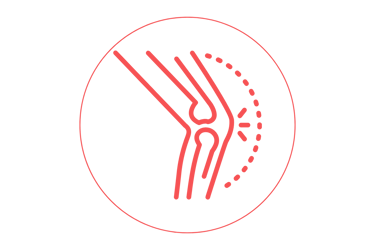

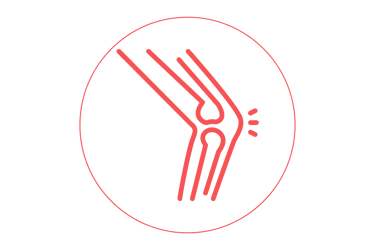


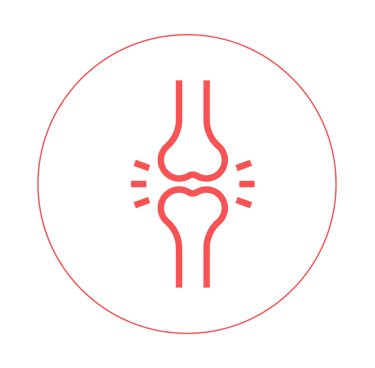




Pain and Swelling
Typical "Clicking" Sound
Stiffness and Locking
Painful Walking and Climbing Stairs
Difficulty Moving the Joint
It is essential to seek medical attention if you experience any symptoms of cartilage damage
WHAT CAUSES CARTILAGE DAMAGE?
Cartilage injuries can result from the overuse of joints, sports-related injuries, accidents, trauma, or the natural aging process
When cartilage is injured, the defect in the articular cartilage cannot repair itself. Cartilage contains a dense tissue matrix with very few cells, no blood vessels, or innervation
If the cartilage damage is left untreated, it might progress to irreversible knee damage
STAGES OF CARTILAGE DAMAGE


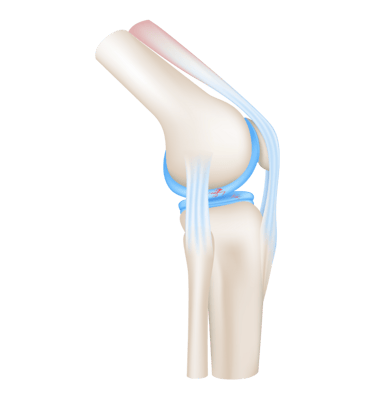

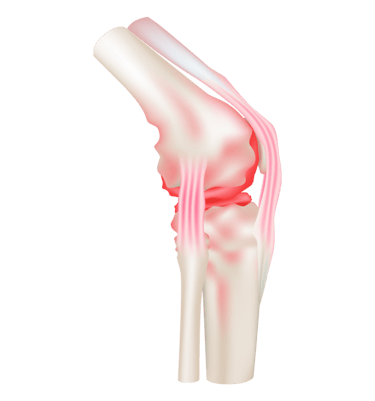

HEALTHY CARTILAGE
CARTILAGE DAMAGE (chondromalacia)
spread to the joint
>
>

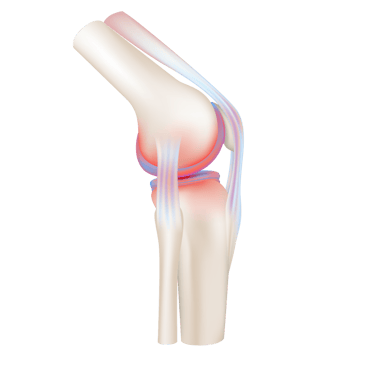
>
CARTILAGE DAMAGE (chondromalacia)
limited to a specific area
COMPLETE LOSS OF CARTILAGE
leads to knee replacement
Autologous cell-scaffold based articular cartilage regenerative technology
RECARTA


RECARTA technology, consisting of autologous chondrocytes combined with a biological scaffold. Culture-expanded cells are seeded on a scaffold and a medicinal product is formed.
The tissue-engineered product is placed in the knee defect area where the pathological cartilage was removed. The resultant tissue shares properties with hyaline cartilage - the durable tissue found in healthy articular cartilage.
This treatment has been shown to provide long-term cartilage regeneration, long-lasting pain relief, and improved knee function.


STEP ONE
HOW RECARTA WORKS?
Consultation
Your orthopedic surgeon can advise on further actions, including X-ray and MRI, to assess cartilage damage and determine eligibility for RECARTA or other treatment options.
STEP TWO
Harvesting your cells and Manufacturing
STEP THREE
Implantation
STEP FOUR
Rehabilitation
A short, minimally invasive arthroscopic surgical procedure is to harvest a ballpen-size cartilage biopsy sample from a non-weight-bearing area of your damaged knee.
The sample is then cultured and multiplied into millions of specialized cartilage-forming cells over a four-week period in a quality-controlled laboratory.
Cartilage-forming cells are combined with a biological scaffold for improved attachment and proliferation. The tissue-engineered product is introduced back to the defect, and the cartilage regeneration has started.
A cartilage regeneration process is enforced with a personalized rehabilitation stage.


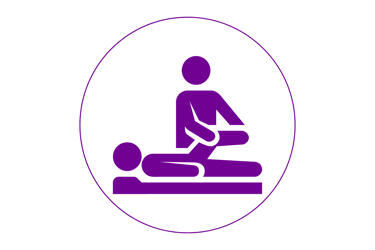


OUTCOME OF RECARTA TREATMENT
Long-term recovery. Prevents invasive knee replacement surgery
Stops the progression of cartilage damage. Reduces knee pain, stiffness, swelling, locking
Forms new and healthy hyaline cartilage
This treatment has been shown to provide long-term cartilage regeneration, long-lasting pain relief and improve knee function
Improves joint function and mobility


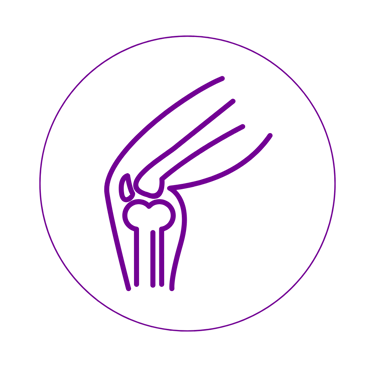





The microfracture (with or without a membrane) involves the creation of holes in the subchondral bone to cause bleeding.
It has been recommended for small knee chondral and osteochondral defects, however, it has many limitations:
The formation of fibrocartilage lacking the tensile strength of native hyaline cartilage
Substantial injury to the subchondral bone causing edema and cyst formation
Intralesional bone formation in the repair cartilage area
Reduced patient-reported outcomes after two years in >80%
